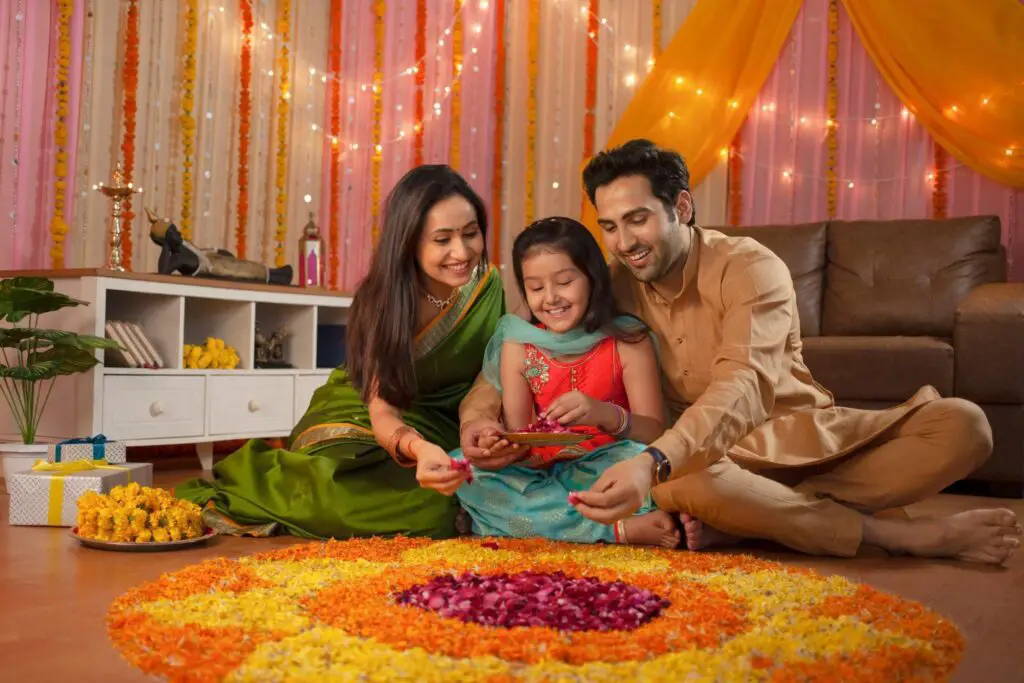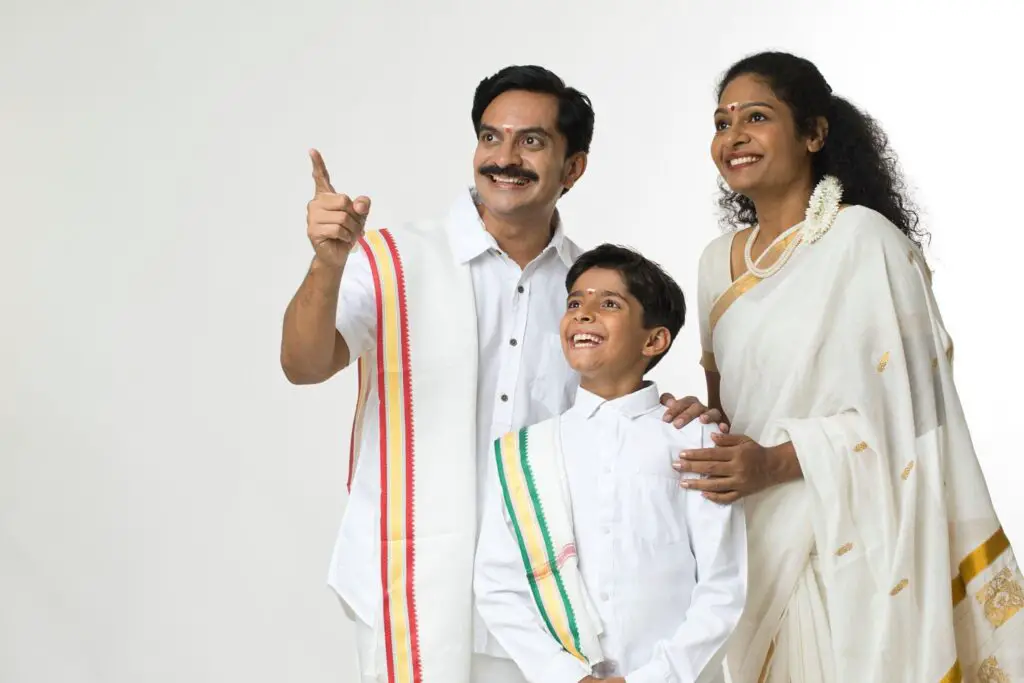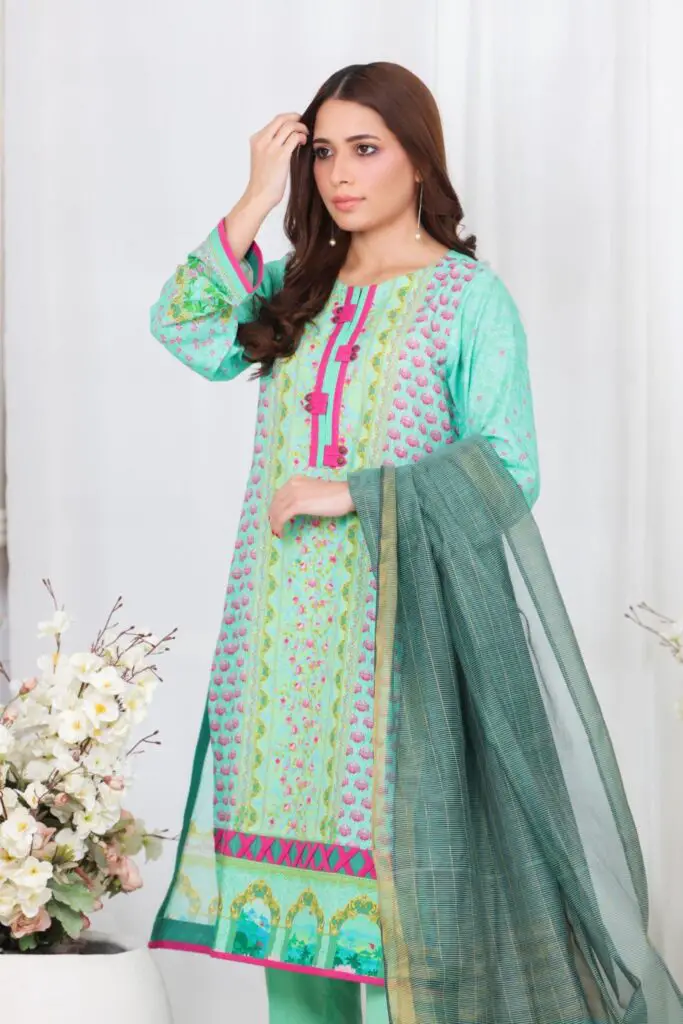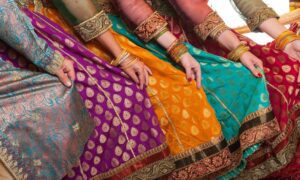India, known for its rich cultural tapestry, is a land where diversity is not just embraced but celebrated, especially through its vibrant and varied attires. From the majestic sarees to the regal turbans, each garment tells a tale of history, tradition, and identity. In this exploration of “Attires of India,” we delve into the kaleidoscope of clothing that reflects the cultural richness of this incredible nation.
Traditional Garments: A Symphony of Colors and Textures
India’s attires are as diverse as its people, with each region boasting its unique traditional garments. From the resplendent Banarasi sarees of Uttar Pradesh to the intricate Patola silk sarees of Gujarat, the traditional attire reflects the artistry and craftsmanship passed down through generations.
Sarees: Elegance Personified
The saree, a quintessential symbol of Indian femininity, is a six-yard piece of fabric that is draped in various styles across the country. The Kanjeevaram silk sarees of Tamil Nadu, with their bold colors and intricate zari work, stand in contrast to the delicate Chikankari sarees of Lucknow. Each weave is a testament to the regional aesthetics and cultural nuances.
Dhoti and Kurta: The Epitome of Comfort and Style
For men, the traditional dhoti and kurta combination holds a special place. Whether it’s the vibrant Bandhani print from Rajasthan or the earthy hues of Khadi from West Bengal, this ensemble reflects simplicity and elegance.
Regal Ethnic Wear: Embracing Heritage with Anarkalis and Sherwanis
Beyond daily wear, India’s attires include regal ensembles that are donned during special occasions and celebrations. Anarkali suits, named after the legendary dancer, are known for their flowing silhouette and intricate embroidery, making them a popular choice for weddings and festivals.

Sherwanis: Majestic Attire for Special Occasions
For men, the sherwani is a symbol of regality and sophistication. Richly embroidered and often paired with churidar pants, the sherwani adds a touch of grandeur to weddings and festivities. The intricate thread work and embellishments make it a truly royal attire.
Cultural Influence on Attires: North to South, East to West
India’s vast geographical expanse is mirrored in the diversity of its attires. From the Kashmiri Pashmina shawls that provide warmth in the snowy winters to the Mekhela Chador of Assam, which exudes grace and tradition, each attire is a reflection of the local climate, culture, and lifestyle.
Turban Styles: A Crown of Identity
The turban, worn with pride by men across the country, varies in style and significance. From the vibrant Rajasthani turbans to the pristine white ones in Punjab, the turban is not just a piece of cloth but a symbol of identity and honor.
Modern Fusion: Where Tradition Meets Contemporary Fashion
As India embraces modernity, traditional attires are not left behind. The fusion of traditional and contemporary elements has given rise to outfits that bridge the gap between the old and the new.

Lehenga Choli: A Modern Twist to Tradition
The lehenga choli, once reserved for weddings, has found its way into everyday fashion with lighter fabrics and modern designs. The fusion of traditional embroidery with contemporary cuts has made it a versatile choice for women across India.
Nehru Jackets: A Timeless Fashion Statement
The Nehru jacket, named after India’s first Prime Minister Jawaharlal Nehru, has become a staple in men’s fashion. With its simple yet elegant design, it has seamlessly blended into both formal and casual settings.
Attires of India in Cinema and Pop Culture
Indian cinema, a global phenomenon, has played a significant role in popularizing traditional attires. From the iconic chiffon sarees of yesteryear Bollywood heroines to the flamboyant outfits in contemporary movies, the attires of India have become a style statement worldwide.
Bollywood’s Influence on Fashion Trends
The fashion choices of Bollywood celebrities often set trends that resonate not just in India but also in the global fashion scene. The mix of traditional Indian attires with modern aesthetics showcased in movies and red carpet events has captivated audiences worldwide.
Attires of India: Beyond Borders
In today’s interconnected world, Indian attires have found admirers beyond the country’s borders. The growing popularity of Indian fashion weeks and the global demand for Indian textiles highlight the universal appeal of these attires.
Global Celebrities Embracing Indian Attires
International celebrities, from Hollywood to the fashion capitals of the world, have embraced Indian attires. The allure of intricate embroidery, vibrant colors, and the cultural significance embedded in each attire has transcended geographical boundaries.

Frequently Asked Questions (FAQs) on Attires of India
What makes Indian attires so unique?
Indian attires are unique due to their diverse styles, vibrant colors, and rich cultural significance. Each attire reflects the traditions and heritage of a specific region, making them distinctive and special.
Are traditional attires only worn on special occasions?
While traditional attires are often worn during special occasions and festivals, many people continue to wear them in their daily lives. The choice to wear traditional attire is a personal one, influenced by factors such as cultural pride and regional identity.
How has modern fashion influenced traditional Indian attires?
Modern fashion has brought about a fusion of traditional and contemporary elements, creating outfits that cater to both traditional ceremonies and everyday wear. This blend has resulted in versatile and stylish attires that appeal to a broader audience.
What is the significance of turbans in Indian culture?
Turbans in Indian culture hold immense significance as a symbol of pride, honor, and identity. The style and color of turbans often vary across regions, reflecting the wearer’s community, social status, and personal choices.
Can non-Indians wear traditional Indian attires?
Yes, traditional Indian attires are often embraced by people worldwide. Many non-Indians appreciate the beauty and cultural significance of these attires, wearing them on various occasions or even integrating them into their regular wardrobe.
Traditional Clothes of India
One cannot delve into Attires of India without acknowledging the intricate artistry of handloom textiles. From the famed Benarasi silk to the delicate Chanderi, handloom fabrics showcase the skill and dedication of Indian weavers. The meticulous handwoven patterns narrate tales of tradition and reflect the soul of the regions they originate from.
Khadi Revolution: A Fabric of Freedom
Khadi, woven from hand-spun cotton, holds a special place in the heart of India’s history. Popularized by Mahatma Gandhi during the independence movement, Khadi is not merely a fabric but a symbol of self-reliance and freedom. Its simplicity and connection to the grassroots echo the spirit of a nation striving for independence.
Regional Flair: A Glimpse into Diversity
The beauty of Indian attires lies in their diversity, shaped by the distinct cultures and traditions of various regions. The vibrant phulkari embroidery of Punjab, the mirror work of Gujarat, and the tie-and-dye Bandhani of Rajasthan—all contribute to the rich tapestry of Indian clothing.

Kurtis and Palazzos: Casual Chic with a Cultural Twist
In recent years attires of India, the fusion of traditional and casual wear has given rise to the popularity of kurtis paired with palazzo pants. This modern ensemble allows for comfort without compromising on the cultural essence. The vibrant prints and embroidery add a touch of ethnicity to everyday fashion.
Pherans of Kashmir: Embracing Winter in Style
In the snowy landscapes of Kashmir, the traditional pheran becomes more than just an attire—it’s a necessity. The long, loose garment provides warmth and comfort during the harsh winter months while showcasing exquisite hand-embroidery, making it a symbol of cultural pride.
Conclusion: Celebrating Diversity Through Attires
In the tapestry of Indian culture, attires play a crucial role in weaving together the threads of tradition, identity, and modernity. From the intricate weaves of sarees to the regal charm of sherwanis, each attire tells a story that resonates through generations. As we celebrate the diversity of “Attires of India,” we embrace not just the clothing but the rich heritage and cultural tapestry that make India truly extraordinary.

